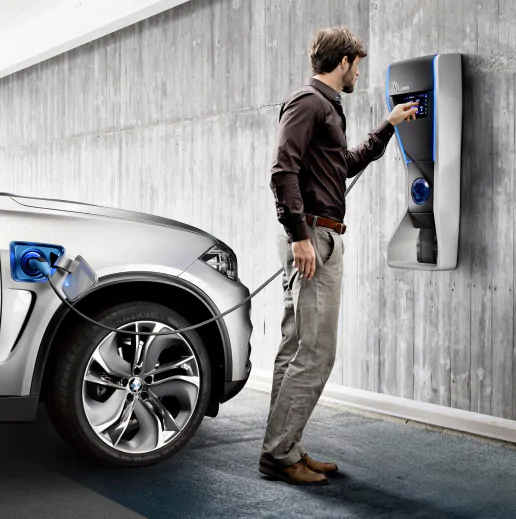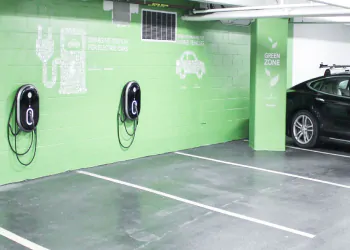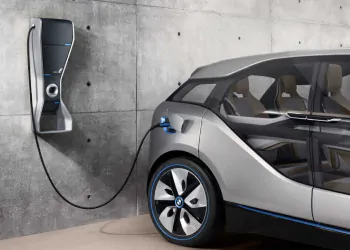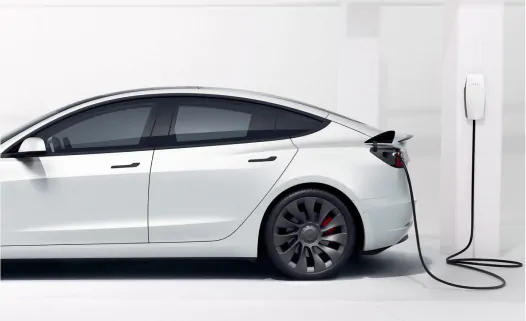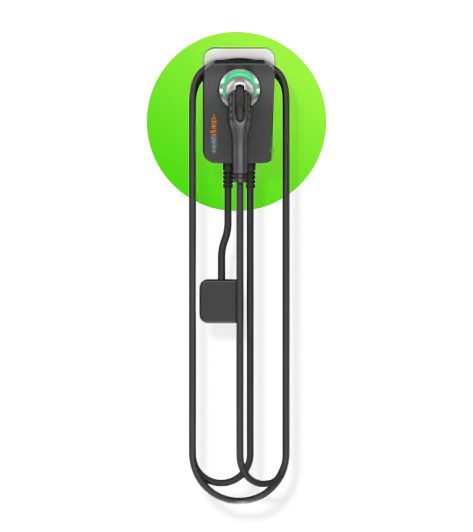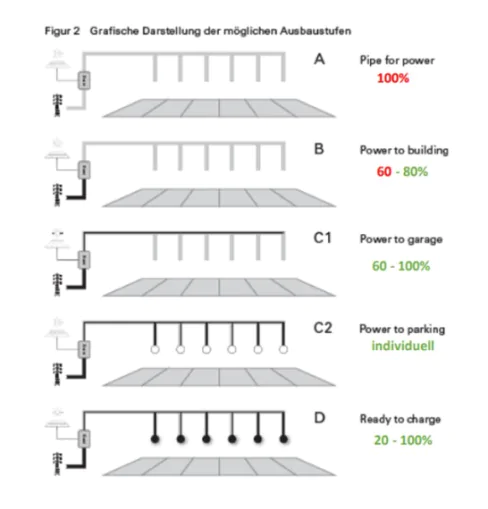Load Management
The Basics:
More charging stations in the facility equals more power usage. However, each housing connection has a limited amount of energy that it can supply. As a result, it is frequently believed that electric vehicles would overload the building’s grid connection. After all, if the residents or users of a property demand more energy than the connection can provide, there is a risk of overloading. There are two ways for dealing with this: strengthening the grid connection or implementing intelligent load control. The former guarantees that the house connection can supply more energy. A strengthened power connection, on the other hand, is expensive and, depending on the site, may not even be feasible. In contrast, intelligent load management distributes available energy to all customers. In simple terms, load management means distributing the available power amongst any plugged-in equipment and devices.
Proficient EV load management units provide the possibility to utilize information such as a variety of energy pricing tariffs and prioritize customers according to user profiles that can be steered via Apps. ChargeEasy usually installs such load management units. The newest generation of EV load management systems can also be integrated with different wallbox types and brands. This way we guarantee full flexibility and integrate existing installations in one system.
An Example:
Let’s consider a parking lot with 50 spots and 50 chargers. In most cases, it is rare that all 50 chargers will be used at the same time. This could be for a variety of reasons, such as some parking spots are occupied by non-EVs, some vehicles have already finished charging and are simply parked, or the parking lot happens to be quiet at that time of day, etc. Therefore, the site’s total capacity might be significantly less than the power required to use all 50 chargers at the same time, since it is anticipated that not all the chargers will be used simultaneously.
A dynamic load management system ensures that the power is split evenly across all the active chargers safely and efficiently. In the event that the total load at the site exceeds the available capacity of the parking lot, for example, when all 50 chargers are in use, the Load Management system will limit the power supply to the chargers, allowing vehicles to charge but at a slower pace.
This form of managed charging allows more chargers to be installed at a location and grid upgrades can be avoided.
In Short:
Electric car dynamic load management solutions provide you more control over how and when the stations are utilized, allowing you to maximize savings also making use of different energy tariffs and consumption times. Whether you want to add more charging stations to your property immediately or in the future, investing in load management now will save you time, money, and work later on.
ChargeEasy doesn’t install charging systems without dynamic load management units.
